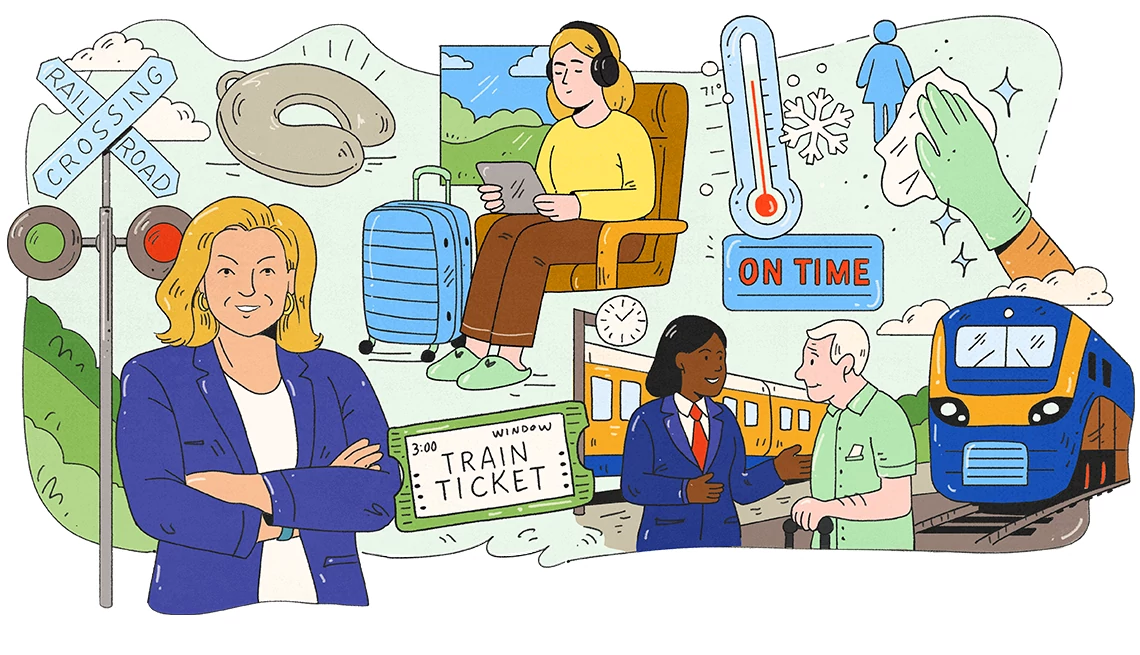AARP Hearing Center
Background
Over the past few decades, employers have increasingly made changes to the structure of their workforce. For example, employers have outsourced work previously performed by full-time employees. This work has been tasked to independent contractors, leased workers, temporary workers, and on-call workers. Collectively, these workers are referred to as contingent workers.
In recent years, contingent work arrangements have expanded to include services provided to consumers via online or mobile platforms, such as rides or food delivery. This is known as the gig or sharing economy. Online gig work can provide earning opportunities for workers of all ages. This type of work is helpful for people who are unable to secure more traditional employment or desire more flexibility. It also aids workers seeking to supplement retirement income or savings.
However, contingent workers are not eligible for many of the rights and benefits provided to employees. Employees are entitled to the minimum wage, paid overtime, occupational health and safety standards, civil rights, and the right to organize. Employees also are legally entitled to certain benefits. These include splitting the cost of Social Security and Medicare payroll taxes with the employer and having income taxes withheld from their paychecks. In addition, they may have access to other benefits such as vacation, sick leave, health insurance, and retirement savings plans.
Because of such rights and benefits, companies may use online gig work to exploit and misclassify workers. Such misclassification also gives these companies a competitive advantage. But it hurts workers by denying them essential employment protections and benefits.
U.S. labor and employment laws have long rested on a distinction between employees and independent contractors. Laws define the difference in varying ways. In general, workers are employees if they carry out the mission of the business and the employer controls not only what work is done but also how it is done and the terms and working conditions of the arrangement. Independent contractors are workers who are in business for themselves. They provide services unrelated or incidental to the mission of the business. In addition, independent contractors experience the profits or losses of the business.
In January 2024, the U.S. Department of Labor (DOL) published a final rule that revised its guidance on how to analyze who is an employee or independent contractor under the Fair Labor Standards Act (FLSA). It rescinded the Independent Contractor Status Under the Fair Labor Standards Act rule of 2021 and replaced it with an “analysis for determining employee or independent contractor status more consistent with the FLSA as interpreted by longstanding judicial precedent.” Under the new rule, the misclassification of employees as independent contractors carries significant liability under the FLSA with penalties including paying owed wages and overtime pay.
Despite the DOL’s issuance of the updated independent contractor rule, the classification of contingent workers continues to be the subject of debate and litigation. Several business groups responded to the 2024 worker classification rule with lawsuits, arguing that it is too broad.
Some have suggested that the gig or sharing economy warrants the creation of a new, third category to classify workers. Others have asserted that the use of digital platforms such as apps does not change the fundamental nature of the underlying employment relationship. Adding a third category would not necessarily bring clarity. Instead, it could make classification more difficult to parse and further degrade labor standards.
Still others have suggested that gig economy companies be given special treatment. Companies could be temporarily exempt from complying with employment laws related to worker classification while they further develop their business models. The notion is that strict enforcement of employment laws can impede innovation. But providing temporary moratoria or safe harbors circumvents examination of workers’ proper classification. This potentially denies some workers the benefits and protections they would be entitled to if they were classified as employees rather than independent contractors.
Another related issue is part-time work. This option is essential for some workers, particularly those with caregiving responsibilities. However, people who work part-time face two disadvantages. First, they tend to earn less than full-time workers on a per-hour basis, even after accounting for differences in demographic characteristics, industry, and occupation. Second, some employers exclude them from employment benefits, such as health insurance and retirement savings accounts. Older workers are more likely to work part-time, and women are more likely to work part-time at all ages.
CONTINGENT WORKERS AND ALTERNATIVE WORK ARRANGEMENTS: Policy
CONTINGENT WORKERS AND ALTERNATIVE WORK ARRANGEMENTS: Policy
Employment protections and benefits
All workers should have access to employment protections and some benefits such as health and retirement. This includes those properly classified as independent contractors and those with part-time status.
Protections and benefits should be adapted appropriately for the worker’s circumstances. They could build on existing public and private systems.
Employment protections and benefits should be portable, be structured to pool risk where appropriate, and take advantage of economies of scale.
Contingent and part-time workers who are virtually indistinguishable from regular employees—in characteristics such as work location, hours worked, work performed, employer expectations, and supervision—should be protected by employment laws.
Worker classification
Federal, state, and local policymakers should ensure the proper classification of workers. Those who should have access to employee protections and benefits should receive them.
More states should adopt innovations and step up their enforcement and prosecution of employers that misclassify workers as independent contractors.
Congress should ensure that the U.S. Department of Labor has adequate resources for enforcement of the Fair Labor Standards Act, particularly its provisions dealing with the classification of workers.
A new classification category for workers in response to the sharing economy is not needed. Policy innovation should focus on improving access to important benefits and protections, including social insurance protections, for all contingent workers.
Congress should narrow the safe harbor loophole that permits misclassification of employees. Misclassification should be made an express violation of the wage and hour laws. Sufficient funds should be appropriated to the Department of Labor and the Internal Revenue Service (IRS) to enforce labor laws.
Regulation
Bans, including temporary ones, on the regulation of companies in the online gig economy or the application of existing employment laws to their practices are not warranted.
Data collection
Congress should provide funding for the U.S. Bureau of Labor Statistics to collect sufficient data about contingent work and alternative work arrangements. This would allow for a comprehensive understanding of the workers in these arrangements.
Policymakers should commit resources to improve the information available regarding contingent work and alternative work arrangements and capture the complexities of work arrangements as they evolve.
Part-time employees
Congress and state legislatures should require employers that provide benefits to regular, full-time employees to extend them to part-time employees on a prorated basis.
Disclosure
Employers should be required to disclose to workers when they are being hired as independent contractors. They should provide a clear explanation of what that means.
Tax compliance
Policymakers should take steps to assist with tax compliance by independent contractors and other contingent workers. Such steps could involve increasing awareness of tax filing obligations and processes, including for self-employment taxes; making the withholding of income taxes and payment of Social Security and Medicare contributions automatic; and strengthening IRS reporting requirements for companies that use independent contractors.































































